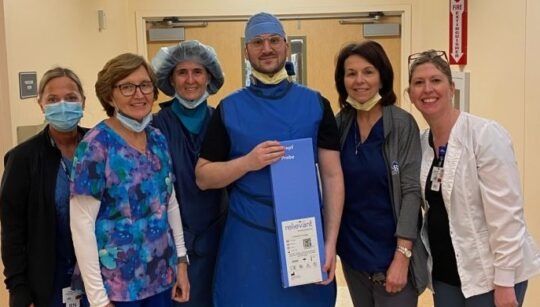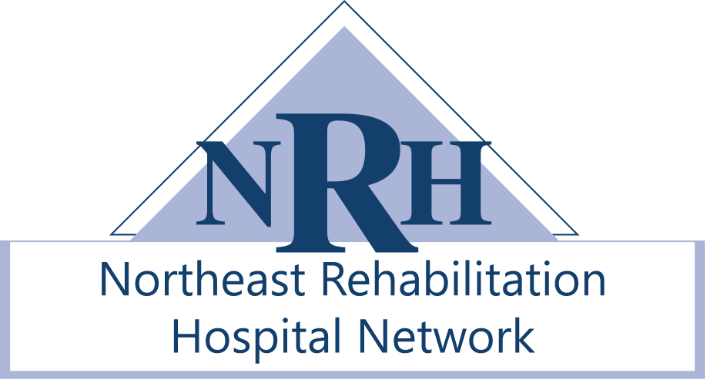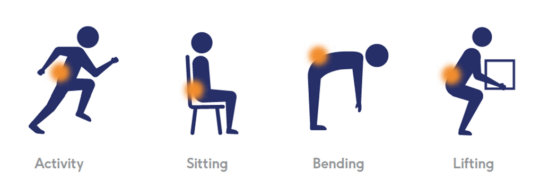The Pain Management Clinic at Northeast Rehabilitation Hospital is the first in New Hampshire to offer the Intracept® Procedure, an innovative approach to provide relief for patients suffering from a distinct type of chronic low back pain (CLBP) called vertebrogenic pain. Dr. Bennett Kramer and our team are proud to add this minimally invasive, implant free procedure that preserves the overall structure of the spine to our treatment options.

This outpatient procedure generally lasts an hour and patients are given anesthesia. The procedure is FDA-cleared and is proven in multiple studies to be safe, effective, and durable. 2,3 Clinical evidence demonstrates the majority of patients experience significant improvements in function and pain 3-months post procedure that are sustained more than 5 years after a single treatment. 2
You could be a candidate for the Intracept® Procedure if you have:
- Experienced chronic low back pain for at least six months
- Tried conservative care for at least six months
And your MRI shows features consistent with Modic changes – indicating damage at the vertebral endplates has led to inflammation.
Ask your physician to contact our office at 603-681-3140 to schedule an appointment. They may also fax a referral to 603-681-3154. Please be sure they include the necessary information.
Here’s some more information on Vertebrogenic Pain that you may find useful.
What is Vertebrogenic Pain?
Vertebrogenic pain is a distinct type of chronic low back pain caused by damage to vertebral endplates, the tissue that covers the top and the bottom of each vertebral body and separates it from the disc. Disc degeneration, and the wear and tear that occurs with everyday living, produces stresses on the endplates that damage them, leading to inflammation and vertebrogenic pain. The basivertebral nerve (BVN), found within the vertebrae, carries pain signals from the inflamed endplates to the brain.
How Do Patients Describe Vertebrogenic Pain?
The disc and endplate are both part of the anterior spinal column and produce similar low back pain symptoms. However, endplate pain is associated with distinctive changes on routine MRI called Modic changes. Patients who find relief from the Intracept Procedure often describe pain in the middle of their low back that is made worse by physical activity, prolonged sitting, and bending forward or with bending and lifting.1
How does the Intracept® Procedure treat Vertebrogenic Pain?
The basivertebral nerve (BVN) enters the bone at the back of the vertebral body (the bones in your spine) and “branches” to the endplates (that are located at the top and the bottom of each vertebral body). When endplates are damaged, these nerve endings increase in number and “pick up” pain signals that are then sent to the brain through the BVN. The Intracept® Procedure relieves vertebrogenic pain by heating the basivertebral nerve (BVN) with a radiofrequency probe to stop it from sending pain signals to the brain.
The Intracept Procedure, as with any procedure, has risks that should be discussed between the patient and medical provider.

